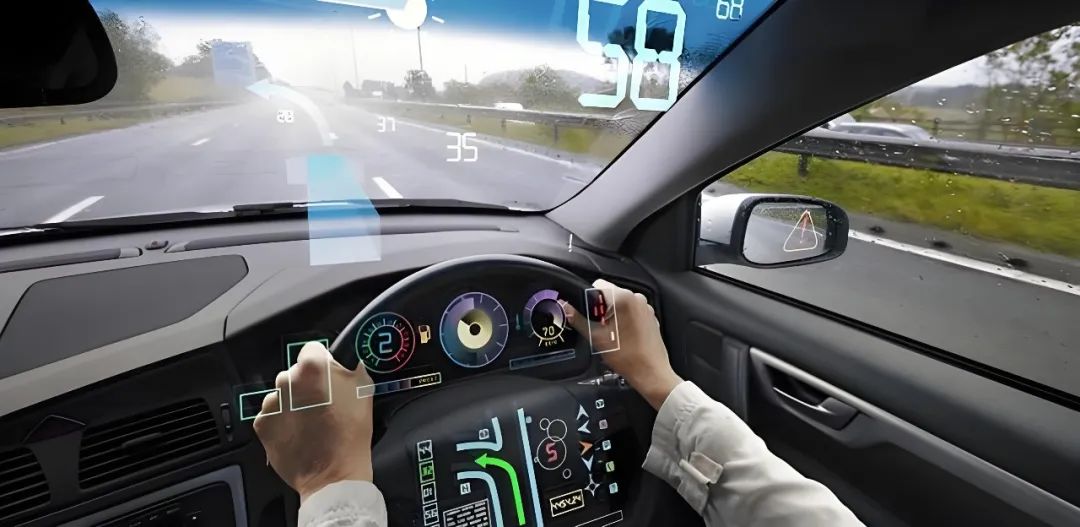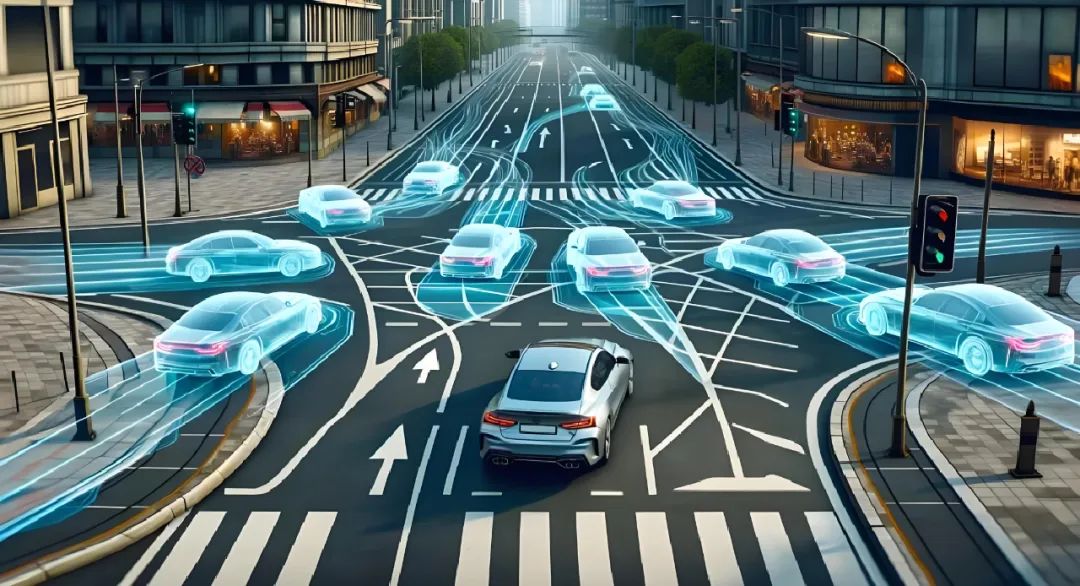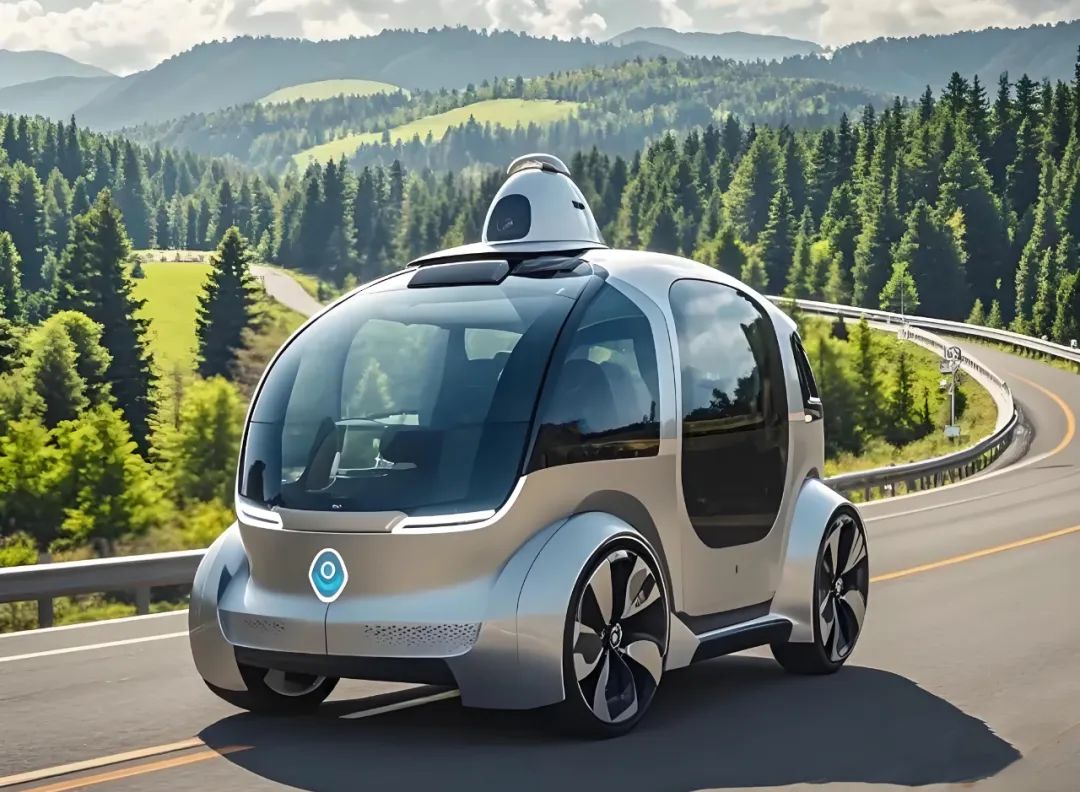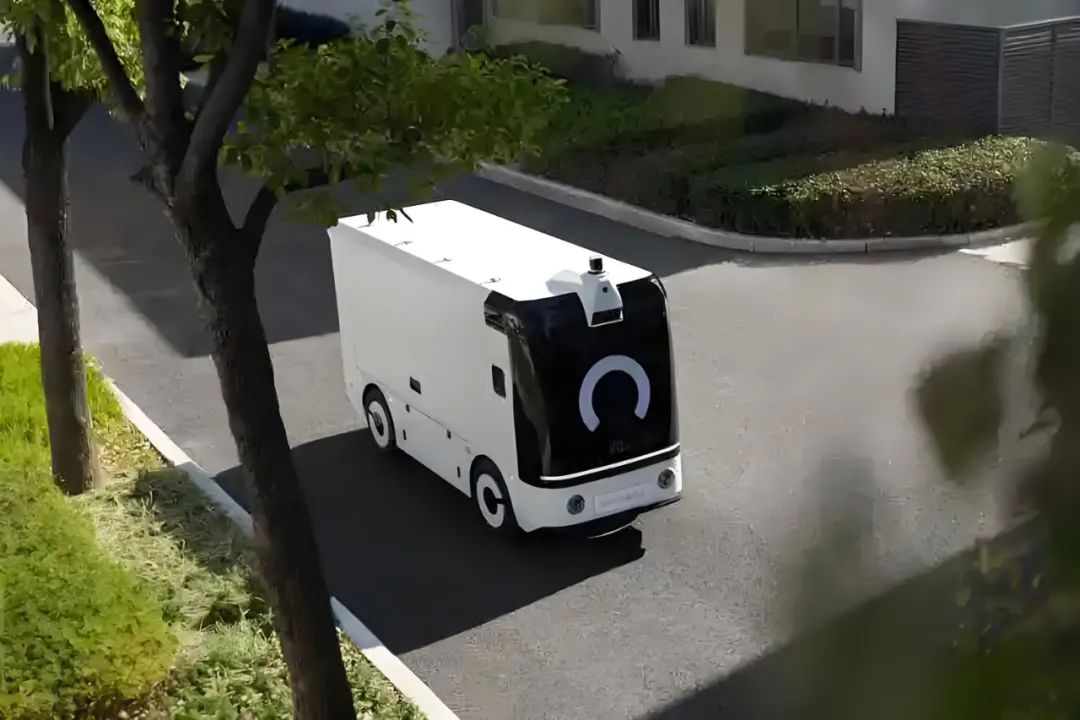Autonomous Driving: Enhancing Humans or Replacing Humans?
![]() 06/25 2025
06/25 2025
![]() 600
600
As autonomous driving technology matures, its positioning continually evolves. Is it designed to create an 'intelligent co-pilot' enhancing the driver's experience, or to fully replace human drivers and allow vehicles to navigate independently in any road environment? This apparent dichotomy between 'enhancing humans' and 'replacing humans' mirrors the technological evolution, market demands, and social ethics of autonomous driving at various stages of development. To grasp this topic, let's delve into the technological trajectory of autonomous driving, analyze its objectives and challenges at each stage, and then revisit the visions of 'enhancement' and 'replacement' to strike a balance.
In its infancy, autonomous driving technology was commonly known as Advanced Driver Assistance Systems (ADAS). At this stage, human drivers remained in control, with the system monitoring the environment, assisting in judgment, and issuing warnings or interventions when necessary. For instance, Forward Collision Warning and Automatic Emergency Braking use millimeter-wave radars or cameras to detect obstacles ahead and alert the driver or automatically apply brakes upon detecting collision risks. Lane Departure Warning and Lane Keeping Assist correct the vehicle when it unintentionally drifts. The technology's core lies in sensor accuracy and algorithm reliability, ensuring timely and precise perception of surrounding static and dynamic objects, making decisions within milliseconds to ensure smooth and decisive interventions without abrupt driving experiences. At this stage, autonomous driving clearly embodies the 'enhancing humans' approach, placing humans in the driver's seat, assisting in safety and convenience without depriving them of driving rights.

With advancements in artificial intelligence and high-performance computing platforms, the second stage of autonomous driving entered the realm of partial and conditional automation, defined as Level 2 by SAE. At Level 2, the system can simultaneously control steering, acceleration, and deceleration, allowing drivers to release the steering wheel in relatively simple scenarios like highways but requiring them to be ready to take over at any time. This stage necessitates more sophisticated environment perception and path planning algorithms, especially for multi-sensor data fusion, where cameras, lidars, millimeter-wave radars, and ultrasonic sensors complement each other to reduce false and missed detections. Additionally, it must accurately interpret road signs, traffic lights, and preceding vehicle dynamics, along with monitoring driver attention. This stage transcends mere 'warnings and interventions', partially executing driving tasks; however, in emergencies or algorithmic errors, control reverts to human drivers, continuing the 'enhancing humans' concept by leaving decision-making to humans while sharing burdensome driving tasks in a smarter manner.

As technology progresses, autonomous driving advances to Levels 3 (conditional automation), 4 (high automation), and 5 (full automation), where the system can independently complete the entire perception, planning, and execution process in specific areas (Level 4) or any road environment (Level 5). At this juncture, autonomous driving systems can theoretically fully replace human drivers. To meet this criterion, autonomous driving platforms must handle complex and variable traffic scenarios, including sensor degradation in adverse weather, anomaly recognition in sudden road constructions, unpredictable actions of vulnerable road users, and cybersecurity and real-time information updates. The challenge lies in enabling the entire software and hardware system to perform large-scale neural network inference, precise positioning, and efficient decision-making under edge computing conditions, ensuring 'controlled failure' and multiple redundancy backups in extreme situations. If successful, this stage of autonomous driving embodies the 'replacing humans' vision, eliminating the need for human judgment and operation, transforming the vehicle into a true mobile intelligent agent.

However, from a market and social acceptance perspective, directly leaping to the 'replacing humans' vision is unrealistic. Legally and liability-wise, who is responsible for autonomous driving system errors? Existing traffic regulations and insurance frameworks are incomplete, hardly providing compliance guarantees for fully autonomous driving. Psychologically, passengers or car owners do not fully trust autonomous control systems, especially in complex urban conditions, preferring the safety redundancy of 'human + machine' joint decision-making. Therefore, even with Level 3/4 capabilities, commercial promotion will gradually ease the boundaries of 'unmanned monitoring' through regional and scenario restrictions.
Against this backdrop, the debate between 'enhancing humans' and 'replacing humans' is more of a progressive compromise. Autonomous driving systems achieve high automation in controlled scenarios while retaining manual takeover mechanisms; in more complex or legally ambiguous areas, they continue to focus on underlying assistance. For example, Level 4 autonomous shuttle buses or delivery vehicles have started trial operations in closed parks and specific urban demonstration zones, while vehicles with partial automation on public roads still require full-time driver monitoring, with strict takeover timing and methods.

From a technological research and development perspective, 'enhancement' and 'replacement' are not mutually exclusive but a coherent path from shallow to deep. Early research focused on improving auxiliary functions in single scenarios, gradually accumulating data and algorithmic experience. Mid-stage research emphasized cross-sensor data fusion and scenario understanding, building a transferrable autonomous driving framework. Later stages centered on end-to-end learning, decision interpretability, and software-hardware integration and coordination. In this process, data annotation, simulation testing, and road testing jointly support system iteration and optimization, making the transition from 'enhancement' to 'replacement' quantifiable and controllable.
'Enhancing humans' is not merely a compromise; it has intrinsic value. By synergizing drivers and the system, it reduces accidents while meeting public demands for safety and controllability. In this mode, drivers are freed from complex manipulations, focusing on environmental monitoring or handling emergencies, while the system handles repetitive, computationally intensive perception and decision-making tasks, complementing each other's strengths. Furthermore, the 'enhancement' path facilitates a smooth technological transition, allowing manufacturers to gradually introduce new features on existing models without a one-time investment in expensive fully automated hardware; regulatory authorities can also incrementally improve regulations and reduce social costs.
Certainly, the ultimate vision of 'replacing humans' is equally essential. Only through true full-scenario, all-weather autonomous driving can we fundamentally transform travel patterns, liberate road space, and maximize transportation efficiency and energy utilization. In scenarios like traffic congestion, logistics distribution, and public transportation, autonomous driving fleets can enhance road capacity through central dispatching and vehicle coordination. In extreme environments or remote areas, autonomous vehicles can reach areas inaccessible to human drivers, offering a broader range of services. Long-term, this goal is intertwined with the reconstruction of intelligent transportation, smart cities, and even future social forms. Thus, 'replacing humans' is the ultimate technological, commercial, and policy objective.
The development of autonomous driving is an ongoing process, continuously switching and merging between the concepts of 'enhancing humans' and 'replacing humans'. From ADAS to partial automation, and then to the technological leap of high and full automation, each stage carries distinct market demands and social expectations. Focusing on 'enhancing humans' accelerates technology's integration into public life, accumulating valuable safety data and user awareness. Meanwhile, pursuing 'replacing humans' spurs the industry to continually push technological boundaries and explore new travel models. In the foreseeable future, we may witness a hybrid state where unmanned logistics and travel prevail in specific scenarios, while human-machine collaboration remains paramount in more open environments. This technological path from 'enhancement' to 'replacement' not only charts the development of autonomous driving technology but also profoundly reflects the balance between safety, efficiency, and the human desire for control as we embrace the intelligent era.
-- END --







